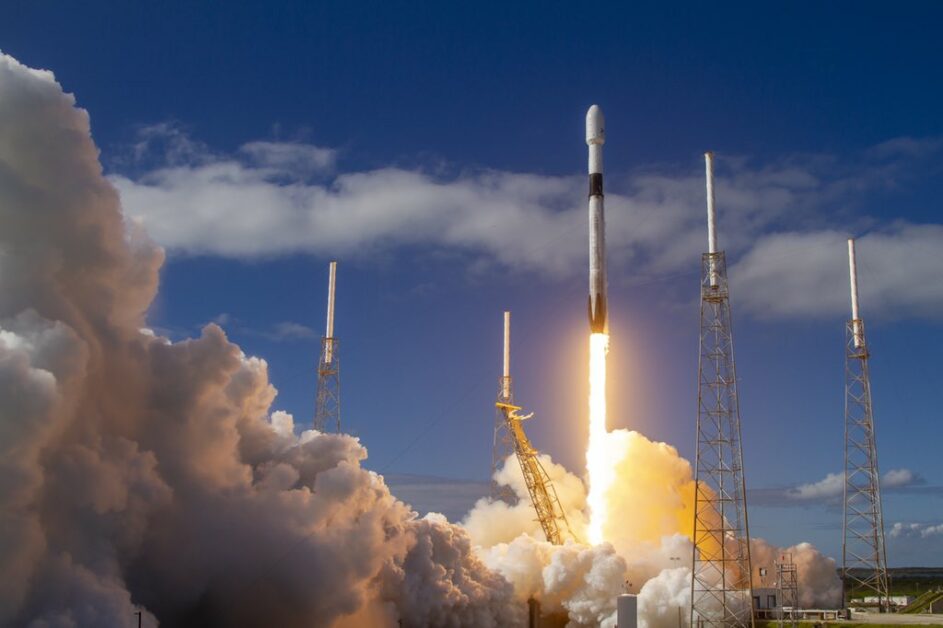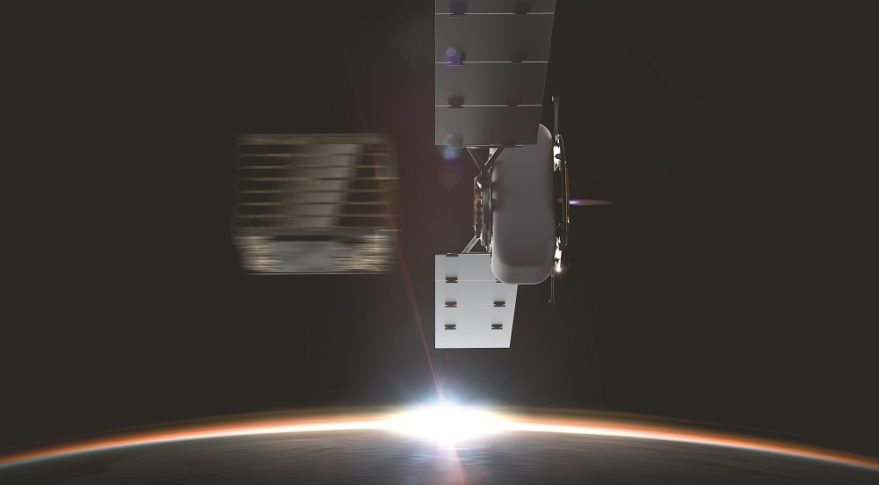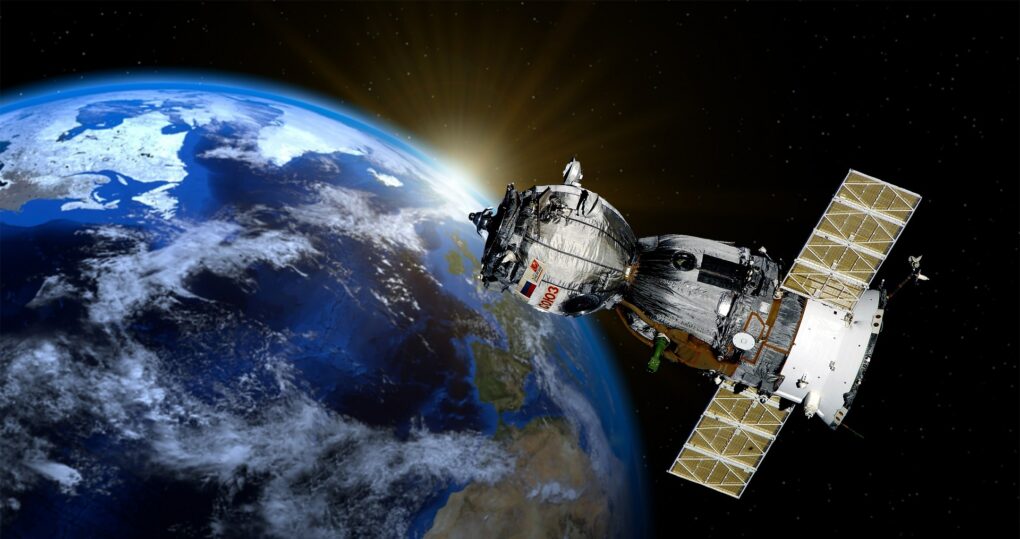In recent years, led by the United States, the international private space industry has sprung up, attracting venture capital with new technologies and new concepts, challenging the traditional space industry, which is called NewSpace 2.0.
New space startups are usually relatively small in scale. In order to increase competitiveness, they often use mergers and acquisitions or joint ventures to accelerate industrial growth; the scope includes rockets, small satellites or satellite components, etc., and destructive operations at prices to strengthen Competition with the traditional space industry.
This article will analyze the precise deployment of mass-produced satellites into space orbits to improve the new functions and value of space missions; and take stock of innovative technologies and newly created space industries under this trend.
On the Necessity of “Rapid Mass Production Satellite”
In order to get closer to market demand, Xinchuang Aerospace Corporation has innovated satellite mass production technology and used commercial (COTS) components to quickly enter the market and increase the added value of new satellite functions. For example, using micro-satellites to take pictures of any place on the earth once an hour and quickly provide detailed images; using satellites to connect vast areas on the ground to build a space network; or using satellites to mine high-value rare minerals on asteroids, and so on.
Xinchuang satellite companies use commercial parts to design small or cubic satellites. Although they are small in size, they can provide functions and services together, but they are larger than traditional satellites and have data products comparable to large satellites. The advantage of mass-produced satellites is that it can launch many satellites at a time, and the launch cost is much cheaper than traditional large satellites, but the disadvantage is that the design/mission life is shorter.
Minimum Viable Product (MVP)
In order to develop a niche market in Hori, the start-up company develops Minimum Viable Product (MVP)1. Once the MVP satellite is established, the start-up company will make optimization adjustments. In order to reduce weight and speed up production, MVP ignores some functions in the design, such as Propulsion Subsystem, Partial Attitude Control (AOCS), or no backup design (backup design), etc., in order to quickly enter the market.
The 180 telemetry camera satellites of Planet Labs of the United States, 110 weather service satellites of Spire Global, or 10 synthetic aperture radar small satellites of Iceye of Norway that take pictures of the earth through the clouds, etc., prove that MVP can work on a small budget. Next, make and launch satellites into space, and transmit data back to Earth.
The price of rapid mass production-high satellite damage rate
However, the rapid manufacturing of commercial avionics components may face high satellite damage rates in the high-radiation environment of space, such as the startup Planet Labs 2Designed and manufactured the famous Doves Triple-CubeSat micro-satellites. After its establishment in 2015, it launched 339 3U high-resolution Dove telemetry cube satellites, but only about 180 satellites were in operation in August 2021.
In another case, Spire Global observes cloud data and analyses from space to improve the forecasting capabilities of weather models. Since its establishment, more than 140 satellites have been launched, and 110 3U cubic meteorological satellite galaxies are currently in operation.
SpaceX’s Starlink Space Network Company3As of September 14, 2021, 1791 low-orbit communication satellites have been launched. According to statistics, 125 satellites have failed or left space to return to Earth. Currently, the space network has 1615 low-orbit satellites to construct a space network, so the new space The high satellite damage rate is impressive.
Take the bus to space, CubeSat “wins by quantity”
A large number of tiny or cubic satellites take so-called “bus rockets” to space. If the satellite project is more expensive, you can take a single rocket into space. But most of the plans are limited by budget. After the “bus rocket” arrives in orbit, the whole “group” leaves the rocket, and the tiny/cubic satellites drift around the earth in a rather uncontrolled way.
This “getting off” method is effective for telemetry imaging tasks, but it is not the best method. Each satellite can be photographed and sent down, but individual satellites may gather together to send photos. Back to the extra image.
For the communication satellite architecture, “group fighting” is of no economic value, because in an uncontrolled satellite group, it can only cover the surface randomly. For ground users, they cannot receive monitoring data regularly, and they cannot tolerate communication that is interrupted at any time. .
The key to success for startups: more precise space orbit deployment
In order to increase the value of products produced by small satellite missions, more precise orbit deployment in the future will produce a revolutionary key to victory. Each satellite will be more carefully and thoughtfully placed on a precise orbit, making the entire galaxy worthwhile. Greater than the sum of their respective tasks.
More precise orbit deployment will become the primary consideration in mission planning. When the chaotic cluster is transformed into a well-arranged galaxy, with evenly distributed small satellites to optimize its coverage and data value, the value of the small satellite architecture will be fully reflected.
Two ways to optimize the “satellite system”
There are two types of satellite systems(Constellation) The first method of optimization is to launch small satellites individually, or launch two or three at a time on special small rockets. These rockets can transport aerospace vehicles “anytime, anywhere”. There are many small rocket startups. Rocket Lab and Vector Space Systems are targeting this new market and plan to transport small satellites to low-orbit space.
There are two challenges with this approach, which may not be applicable to all galaxies. First, large galaxies need to be launched in large numbers. Even if a rocket is launched every week, it may take months or even years to fully deploy a galaxy. Secondly, the launch cost is calculated in kilograms, and the total cost is not cheap.
The second way to optimize the galaxy is to equip each small satellite with an airborne propulsion sub-system. Many satellites can share rocket launches. For example, SpaceX’s Falcon 9 or Falcon Heavy launchers are launched at low cost per kilogram. Need to consume its own fuel to reach the mission orbit. Although all vehicles will leave the rocket in groups, they can be dispersed into pre-selected orbits using their respective propulsion systems to optimize galaxy uniformity.
The advantage of this method is that the airborne propulsion system can be used to provide additional mission value, such as extending the mission life by compensating for drag, reconfiguring the galaxy to make up for launch errors, or de-orbiting satellites at the end of their life to reduce space junk, but Excessive use of fuel reduces the life of the mission but there is no alternative.

the cost is too high?The new “micro propulsion system” comes out
In the new space 2.0 startups, many small satellites do not include the propulsion sub-system, mainly because the technology is not mature enough and the cost is too high to be included in the MVP. The cost of the propulsion system required for precise deployment of satellites, most of the propulsion systems on the market are manually constructed, which cannot be afforded by startups. The design, development and manufacturing process has not yet developed to mass production.
However, the market has strong demand for mass-manufactured airborne propulsion systems. In response to this problem, American Orbion Space Technology and ExoTerra Resources startups launched Aurora Hall-effect thrusters, as well as Tethers Unlimited, Deep Space Industries, and Momentus. The company also launched the Water Plasma propulsion, a water ion propulsion device, to enter the space small propulsion market.

No money to install a propulsion system?What you need is the “space transportation” service
In order to save fuel and increase the lifespan of Cube/Microsatellites that are not equipped with a spaceborne propulsion system, Momentus, a new space transportation company in the United States, has launched a space rocket and will use Cube/Microsatellites or other small satellites in space. Transport to the required mission track.
Italy’s D-Orbit company deployed 20 Italian ION satellites in May of this year (2021), successfully demonstrating space transportation that can change altitude and inclination. D-Orbit plans to provide Planet SuperDove’s “last mile space transportation” service in October this year (2021), transporting 12 Earth telemetry satellites.
But do you know how long the “last mile” will take?
Take my country’s Formosa VII satellite galaxy as an example. The satellite is designed with a space-borne propulsion system and carrying fuel to adjust the satellite’s orbit in space. The six satellites of the Formosa VII satellite were launched on June 25, 2019. It took a total of 20 months to adjust the orbits of the six satellites to form an angle of 60, 120, 180, 240, and 300 degrees above the earth after leaving the Falcon 9 rocket. , Which covers the deployment of meteorological observation satellite galaxies around the world.
The era of New Space 2.0 is here!Will disrupt traditional satellite companies
NewSpace 2.0 disrupts and even threatens traditional satellite companies, such as Intelsat synchronous orbit communication satellite company, which is unable to compete with low-cost broadband communications and leads to bankruptcy due to outdated or higher prices.4, The same Australian satellite communications company Speedcast and Global Eagle, which provides Wi-Fi services to airlines and ships, and Intelsat are also heavily in debt.
The rapid industry changes in the new space have also affected the satellite ground part; for example, the satellite antenna manufacturer Phasor was eliminated by the newly created Kymeta satellite antenna company covering the entire Ku band with higher efficiency and filed for bankruptcy. OneWeb’s bankruptcy last year stemmed from lack of flexibility, allowing SpaceX competitors to go bankrupt by surpassing its technology.
Therefore, with the advent of new space, the space industry needs to focus on technological innovation, adapt to rapid market changes, and keep an eye on market changes and trends. For a satellite new participant that competes with innovative technology, Moore’s Law will lead innovation and development of new markets.
Reference
- NewSpace 2.0: Moving beyond the Minimum Viable Product
- 〈Wikipedia〉Planet_Labs
- 〈Wikipedia〉Starlink
- NewSpace 2.0: Moving beyond the Minimum Viable Product
- Water propulsion technologies picking up steam
- Satellite bankruptcies circa 2000 vs. 2020: We’ve come a long way!me-a-long-way

